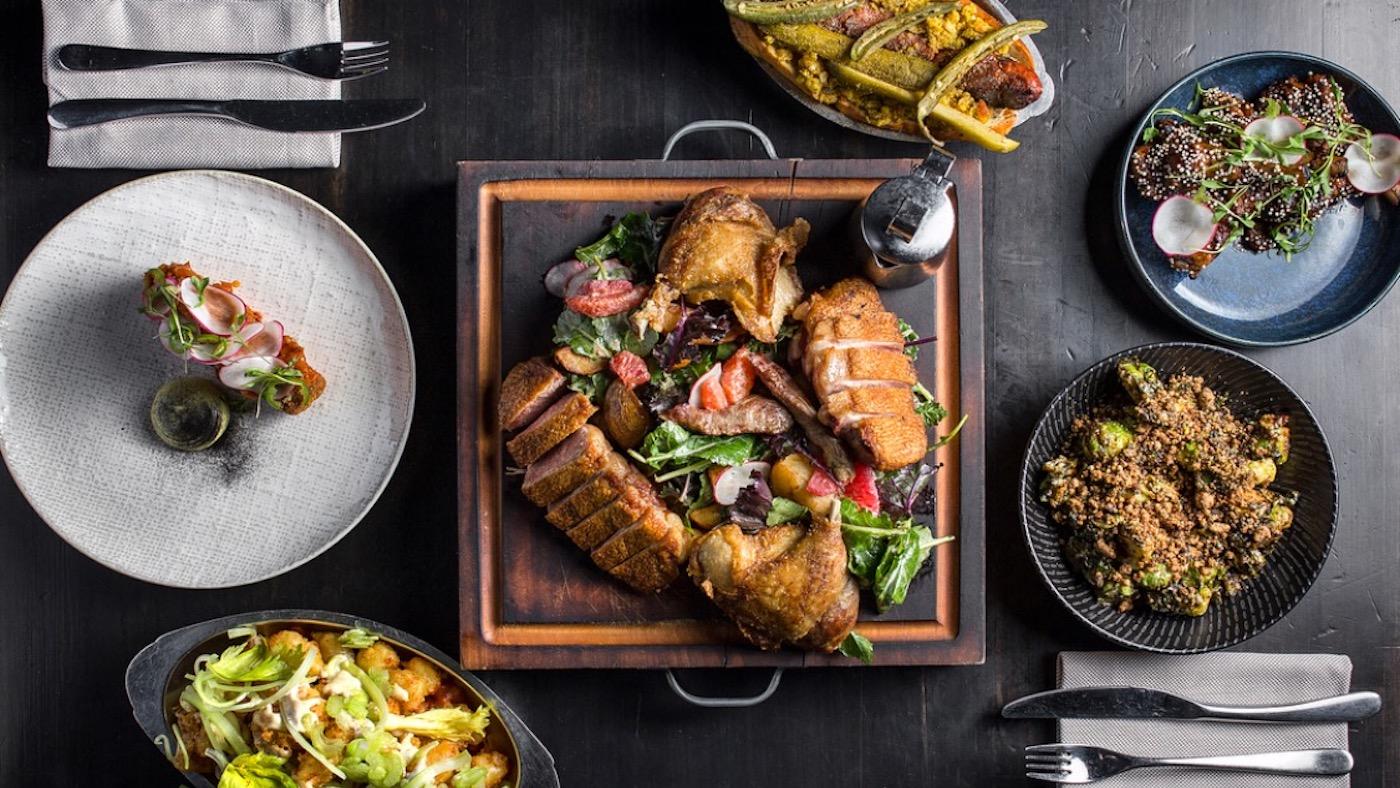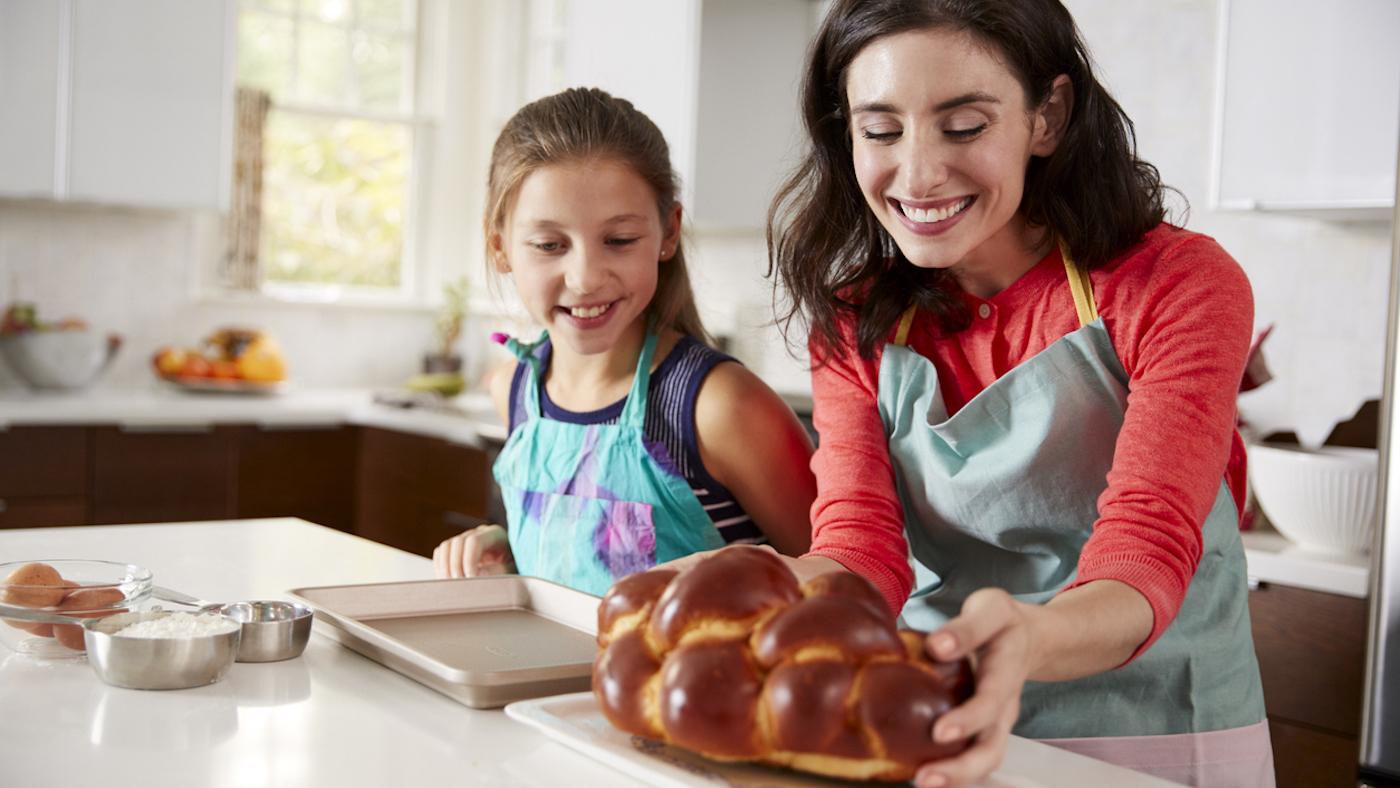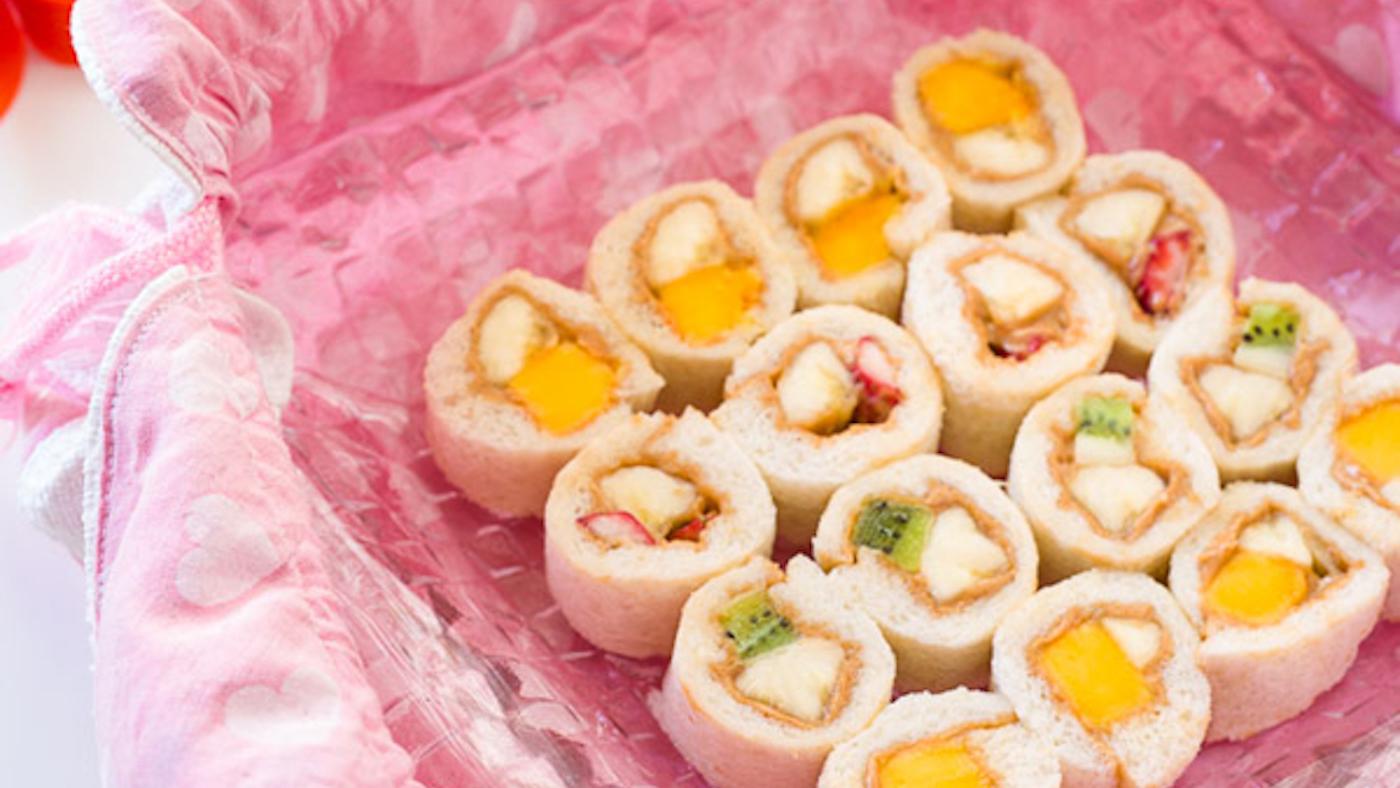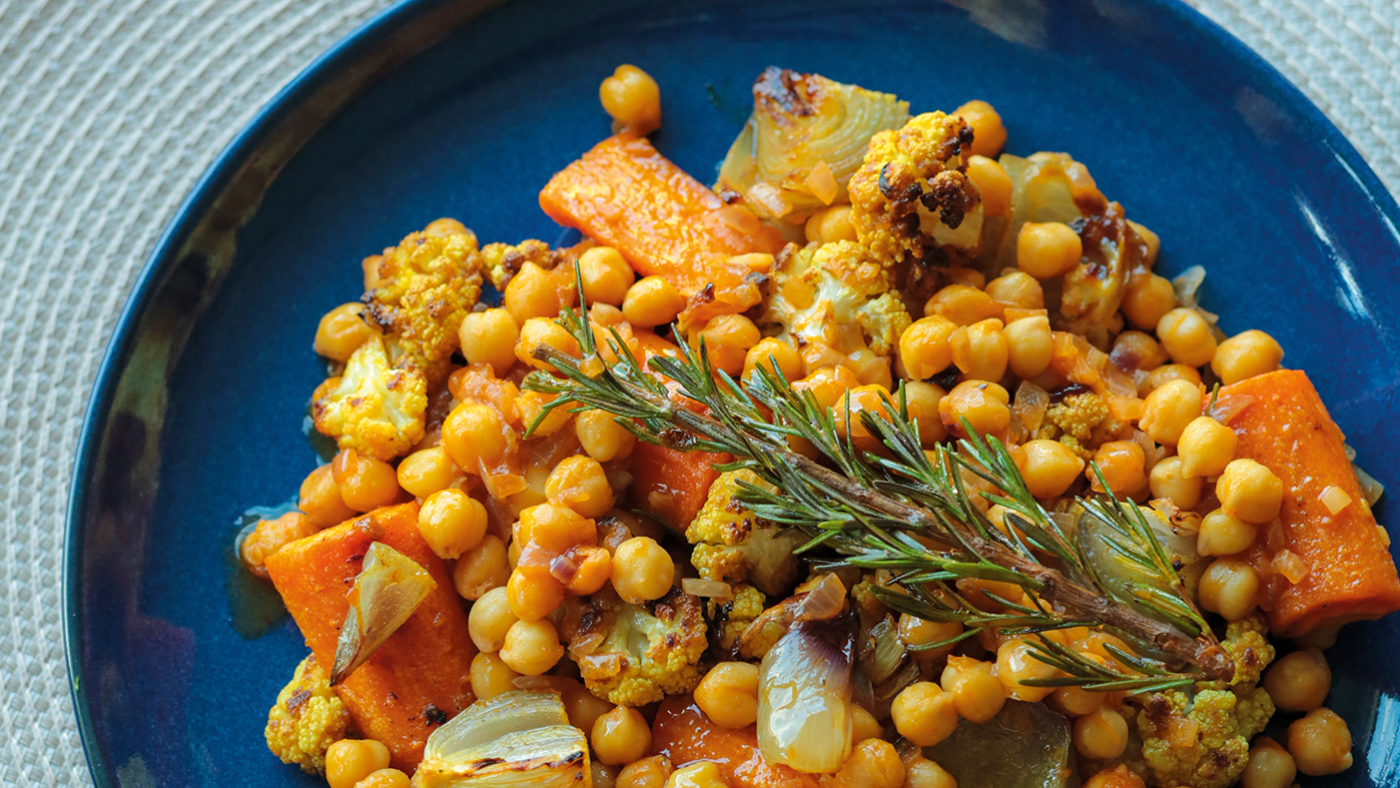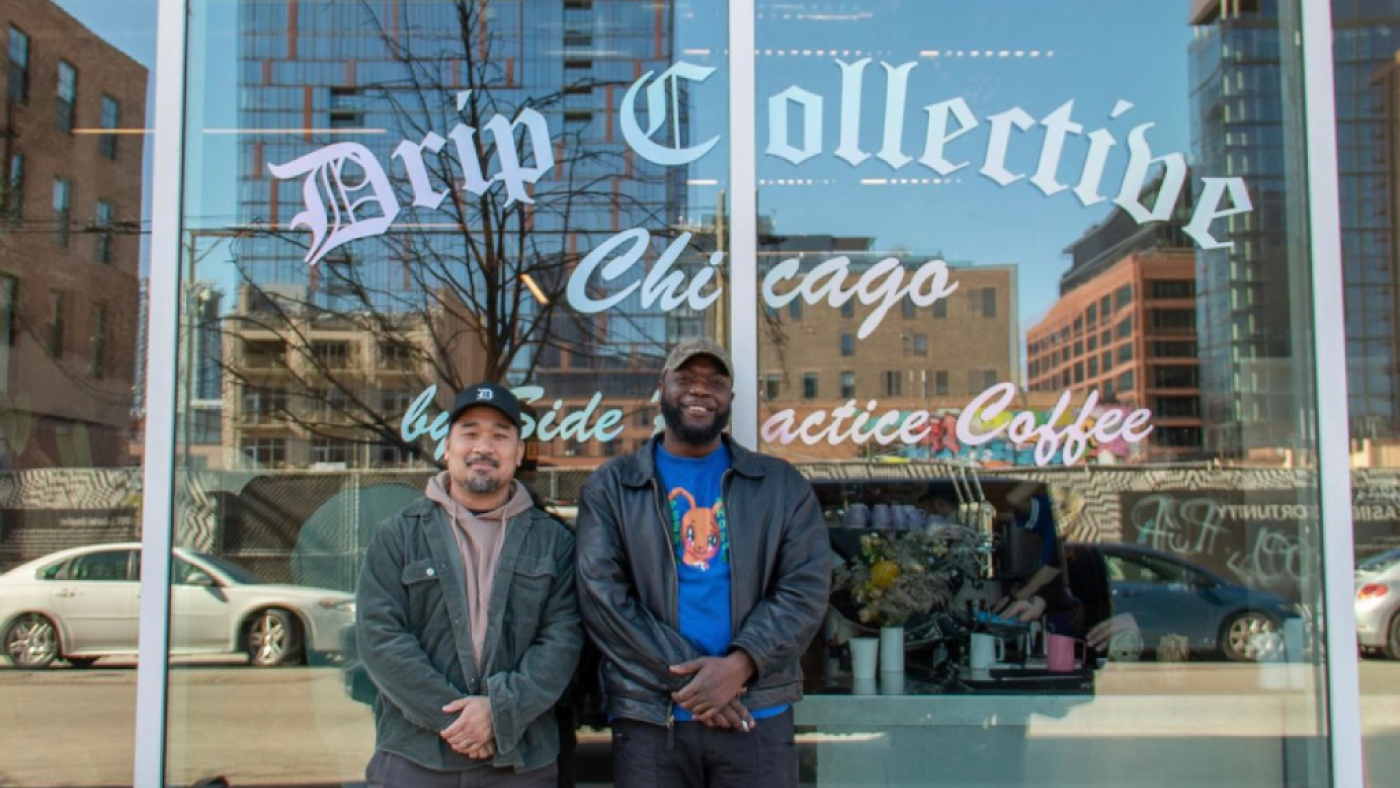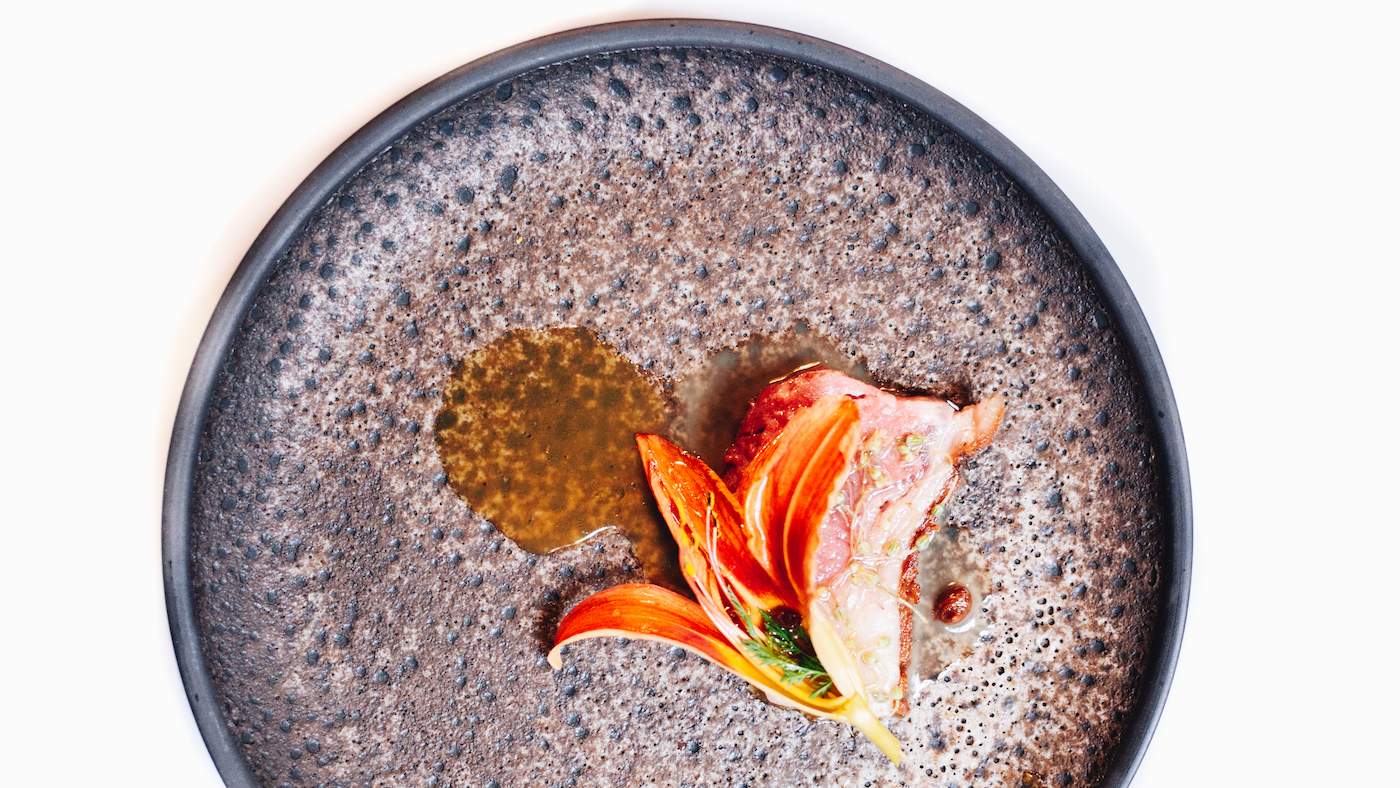Not All Bourbon Comes from Kentucky. One Chicago Distiller Talks About What Makes Their Bourbon Unique–and Midwestern
Meredith Francis
May 4, 2023
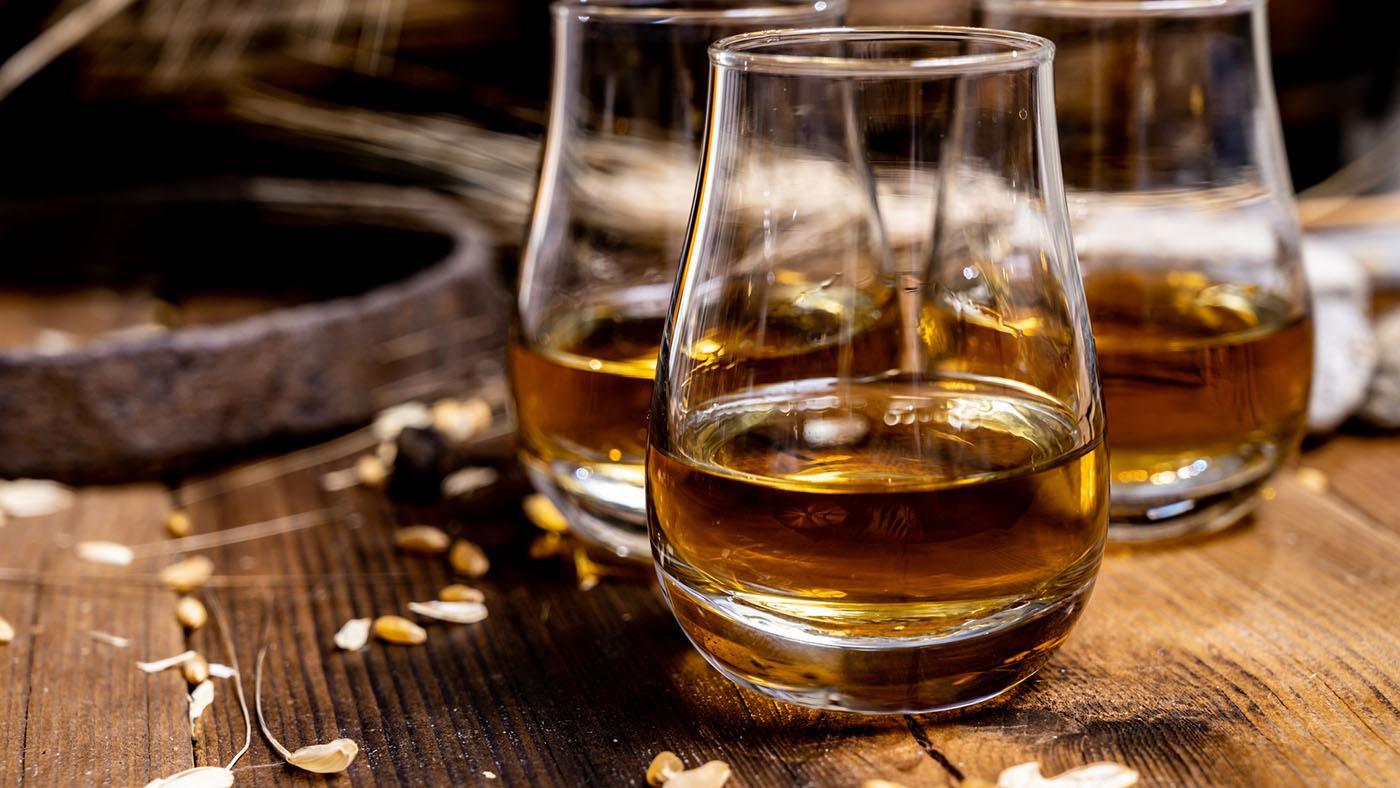
Get more recipes, food news, and stories by signing up for our Deep Dish newsletter.
All bourbon is whiskey, but not all whiskey is bourbon. And, despite what you may have heard, not all bourbon is distilled in Kentucky. According to the Kentucky Department of Tourism, 95 percent of the world’s bourbon is distilled there. But as many raise a glass of bourbon—on the rocks, or in a mint julep—ahead of the Kentucky Derby, the co-founder of a Chicago distillery believes the Midwestern roots of their bourbon is not only what makes it unique, but what makes it worthwhile.
“Bourbon can be made anywhere in the United States. Kentucky makes a lot of it. They certainly do not have a monopoly on it. You can have a bourbon made in Alaska, in Vermont, and right here in the city of Chicago,” says Dr. Sonat Birnecker Hart, president and co-founder of Koval Distillery. “Bourbon is American heritage. It is part of our identity as a nation.”
Birnecker Hart and her husband, Dr. Robert Birnecker, founded their distillery back in 2008, leaving their careers to do so. Birnecker Hart was a professor, and her husband was the deputy secretary at the Austrian embassy. Robert comes from a family of three generations of craft distillers in Austria, and he grew up helping his grandfather on his farm, distilling and making things like brandy, liqueurs, and ciders.
“We wanted to really bring the family tradition that Robert grew up with to Chicago and also make it uniquely Chicago- and Midwest-oriented,” Birnecker Hart says.
But at the time, Illinois state laws regarding craft distilleries were more strict, prohibiting tours or tastings. Distilleries were only allowed to manufacture. Birnecker Hart says she worked with officials to lobby the state legislature to get the laws changed. It worked.
“We went from literally not even a handful of distilleries and rectifiers in the state of Illinois to now about 50,” she says.
Birnecker Hart says Koval was the first distillery in Chicago since the mid-1800s (or, the first legal distillery, she adds, noting the Prohibition Era). When they first opened, they began producing brandy as a nod to Robert’s roots, but quickly switched to focusing on grain spirits. All of the grain they use is grown locally.
“We're in the bread belt. We've got some of the best grains in the world growing in the Midwest, and we wanted that to be one of the key elements of our whiskeys,” she says.
That includes their bourbon. By legal definition, bourbon is made from a grain mash that is at least 51% corn. It must be produced in the United States and aged in new charred American white oak barrels, and the finished product needs to be at least 80 proof.
Most bourbons usually contain wheat, rye, or barley in addition to corn. What makes Koval’s bourbon different is that the rest of its mash bill is made entirely of millet, giving it "a real signature of the Midwest,” Birnecker Hart says. Millet is beneficial for the farmers they work with, too.
“It's a rotation crop. It helps revitalize the soil,” she says. “When they're not producing rye for us, they can produce millet for us and it's good for them, and it's great for us.”
Koval distills in its Ravenswood facility, using only the “heart cut” of the distillate, meaning the purest part.
“It means that all of our whiskeys are very bright and clean and grain forward. It's similar in style, to some degree, to Japanese whiskeys,” Birnecker Hart says.
In bourbon production, the barrels are charred to give the spirit flavor. Koval uses a medium char, “because we think that imparts a lot of wonderful flavor and aroma. At the same time, it doesn't overpower the grain. And we really want people to be able to taste the grain,” Birnecker Hart says. Their bourbon then ages in the barrel for at least 36 months in a rickhouse outside of the city.
Bourbon can taste different to different individuals, thanks to the same science that makes cilantro taste good to some and like soap to others. For Birnecker Hart, Koval’s bourbon has notes of white chocolate, candied orange peel, and a “light herbaceousness.”
What Birnecker Hart loves about making a bourbon in the Midwest is that it emphasizes that bourbon is an American spirit.
“It's a kind of spiritual diplomacy, so to speak,” she says, “where people are able to try it and experience it and … learn about how we do things, whether they are in Tokyo or Sydney or Milan.”
And while Kentucky may make the most bourbon, Birnecker Hart hopes that more and more distilleries will pop up all around the country. Chicago is well-suited to be the place to do that because, “Everywhere, really, is a good place for bourbon.” With its location smack-dab in the middle of the country, it has always been a “distribution town.”
“Chicago deserves to have something unique and different and interesting,” Birnecker Hart says. “Chicago has always been a place that has not been afraid to try something new, to be bold, to compete, to punch above our weight.”

